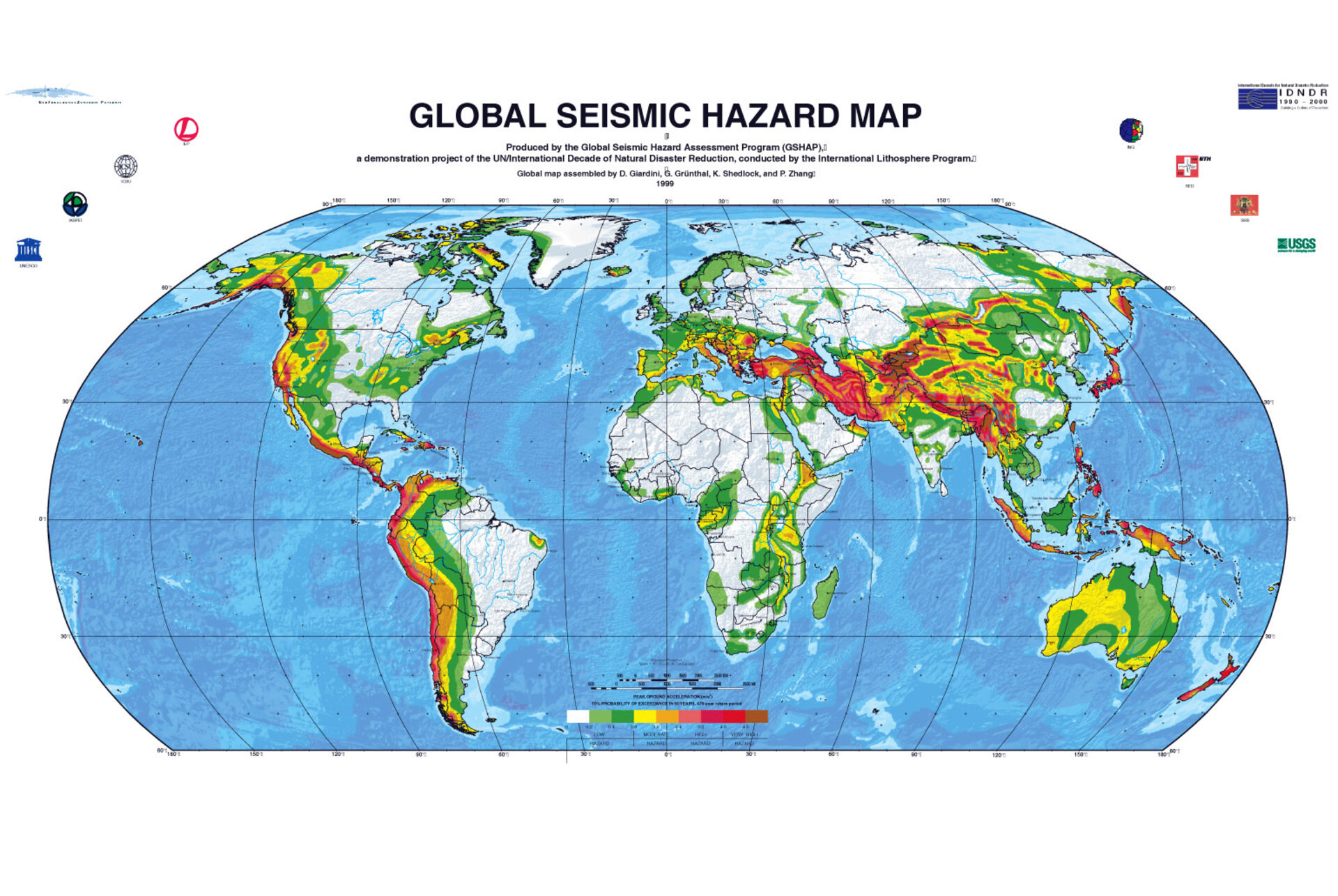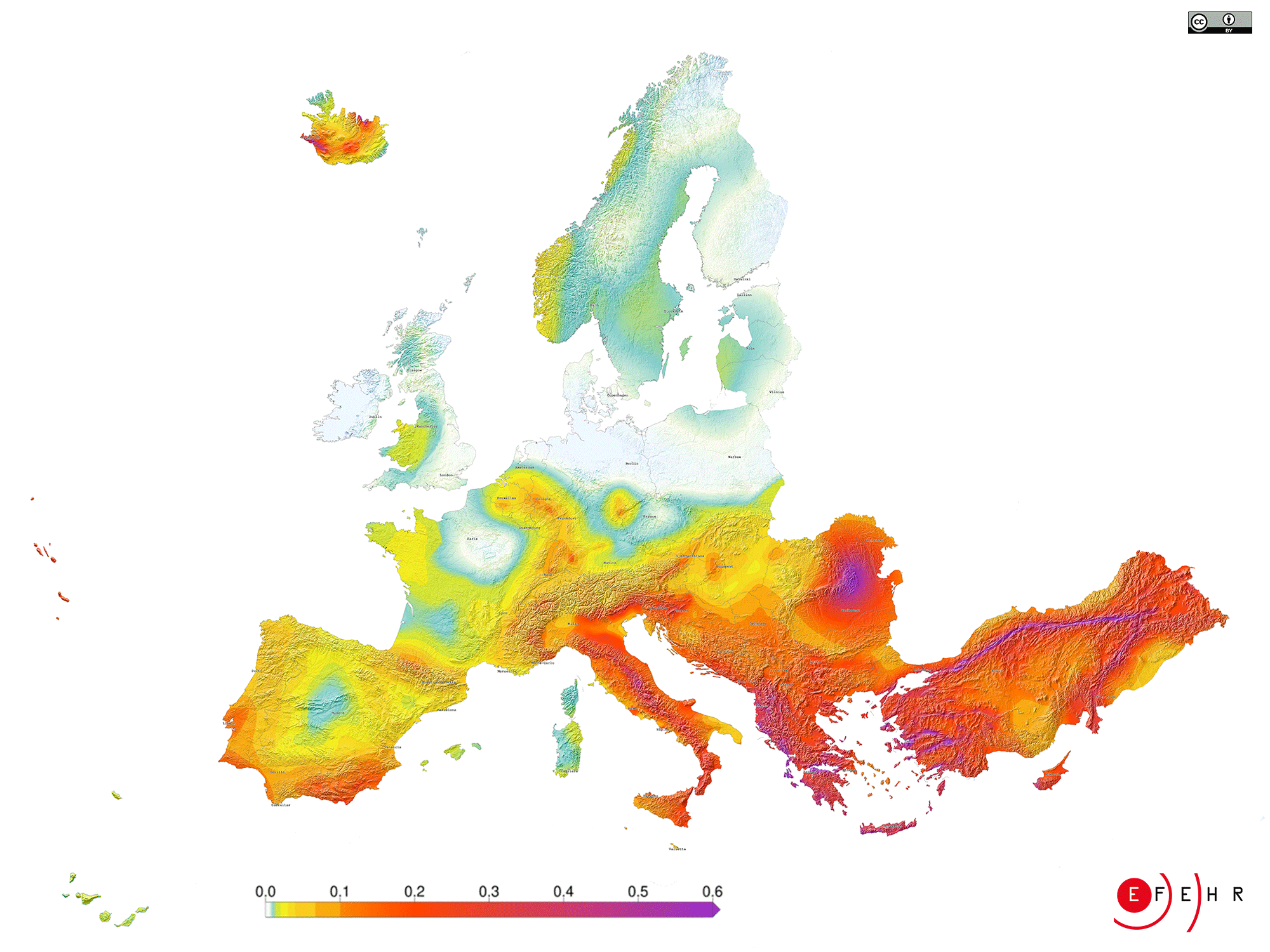How can we stay informed about earthquakes happening around the world? An advanced tool like "Real-Time Earthquake Map: Track Global Seismic Activity" offers a remarkable solution.
Editor's Notes: "Real-Time Earthquake Map: Track Global Seismic Activity" has been published on today date. This is a crucial topic as earthquakes can occur anytime, anywhere, making it imperative to stay informed and prepared.
We've dedicated ourselves to analyzing, researching, and presenting a comprehensive guide on "Real-Time Earthquake Map: Track Global Seismic Activity" to empower you with the knowledge you need.
| Key Differences | Key Takeaways |
|---|---|
| Real-time tracking | Monitor earthquakes as they happen globally |
| Interactive map interface | Easily visualize earthquake locations and magnitudes |
| Historical data access | Review past seismic activity for research or analysis |
Delving into the Main Article | Section 1 | Section 2 | Section 3 | Conclusion
FAQ
This comprehensive FAQ section provides answers to frequently asked questions about the real-time earthquake map, a valuable tool for tracking global seismic activity. By addressing common concerns and misconceptions, this guide aims to enhance your understanding and use of this resource.
![Global Seismic Hazard Map [3056x1586] : MapPorn Global Seismic Hazard Map [3056x1586] : MapPorn](https://external-preview.redd.it/6ejSbK9ZltQ7oSJdvPKjMlVkJ4F1iMaBxMYU9Y5ivs8.jpg?auto=webp&s=74e4d6c570ba1e732d5c930b8aec1bd3761e2b0b)
Global Seismic Hazard Map [3056x1586] : MapPorn - Source www.reddit.com
Question 1: What is the real-time earthquake map?
The real-time earthquake map is an interactive online tool that provides a dynamic visualization of global earthquake activity. It combines data from multiple seismic monitoring networks around the world to generate real-time earthquake information, including location, magnitude, and depth. This information is displayed on a map interface, allowing users to track seismic events as they occur and access detailed information about each earthquake.
Question 2: How accurate is the real-time earthquake map?
The accuracy of the real-time earthquake map depends on the quality of data provided by seismic monitoring networks. These networks use a combination of seismic sensors, such as seismometers and accelerographs, to detect and measure ground motion caused by earthquakes. While the data collected is generally reliable, it can sometimes be affected by factors such as noise or local geological conditions. As a result, the map may not always provide exact locations or magnitudes, but it offers a valuable approximation of seismic activity in real-time.
Question 3: What types of earthquakes are displayed on the map?
The real-time earthquake map displays a wide range of earthquake types, including tectonic earthquakes (caused by movement of tectonic plates), volcanic earthquakes (associated with volcanic activity), and induced earthquakes (triggered by human activities such as mining or dam construction). The map also includes aftershocks, which are smaller earthquakes that occur after a larger earthquake.
Question 4: Can the real-time earthquake map predict earthquakes?
No, the real-time earthquake map cannot predict earthquakes. Earthquake prediction remains a challenging scientific problem, and no reliable method currently exists to accurately forecast the time, location, or magnitude of an earthquake. The real-time earthquake map provides information about earthquakes that have already occurred, allowing users to track seismic activity and assess potential risks.
Question 5: How can I use the real-time earthquake map?
The real-time earthquake map offers a variety of features to help users explore and analyze seismic activity. You can zoom in and out on the map to focus on specific regions, filter earthquakes by magnitude or depth, and view detailed information about individual earthquakes by clicking on them. The map also provides tools for creating custom views, sharing data, and exporting earthquake information in various formats.
Question 6: Where can I find more information about earthquakes?
Numerous resources are available to learn more about earthquakes and seismic activity. The United States Geological Survey (USGS), the National Oceanic and Atmospheric Administration (NOAA), and the Incorporated Research Institutions for Seismology (IRIS) provide comprehensive websites with educational materials, scientific research, and earthquake monitoring data. These websites offer valuable insights into the causes, effects, and mitigation of earthquakes.
This FAQ section provides a solid foundation for understanding the real-time earthquake map and its capabilities. By utilizing this tool effectively, you can stay informed about global seismic activity, assess potential risks, and contribute to a better understanding of earthquakes.
For further exploration, the next article section delves into the underlying principles of earthquake monitoring and explores cutting-edge research in earthquake science.
Tips
With recent advancements in seismology, Real-Time Earthquake Map: Track Global Seismic Activity allow us to access up-to-date information on seismic activities worldwide. By leveraging these resources, we can enhance our understanding of earthquakes and implement effective measures to mitigate their impact.
Tip 1: Stay Informed
By regularly monitoring real-time earthquake maps, individuals can stay updated on seismic activity in their vicinity and around the globe. This knowledge empowers them to make informed decisions regarding evacuation or seeking shelter during an earthquake.
Tip 2: Understand Earthquake Patterns
Real-time earthquake maps display the location, magnitude, and depth of earthquakes, providing valuable insights into earthquake patterns. By analyzing these patterns, scientists can identify seismic gaps, areas with a high probability of future earthquakes, and develop more accurate earthquake hazard assessments.
Tip 3: Enhance Disaster Preparedness
Real-time earthquake maps aid disaster preparedness by providing timely information to emergency responders. By knowing the affected areas and the severity of the earthquake, emergency services can prioritize their response and allocate resources effectively, saving lives and reducing property damage.
Tip 4: Contribute to Scientific Research
Real-time earthquake maps offer a platform for citizen science and crowd-sourced data collection. By reporting felt earthquakes through online platforms, individuals can contribute to scientific research, improving our understanding of earthquake processes and ground motion characteristics.
Tip 5: Promote Earthquake Awareness
Real-time earthquake maps can be used as educational tools to promote earthquake awareness and preparedness. By sharing these maps and discussing earthquake safety measures, individuals can raise awareness within their communities and encourage proactive steps to mitigate earthquake risks
Conclusion: Real-time earthquake maps are valuable resources for staying informed, understanding earthquake patterns, enhancing disaster preparedness, contributing to scientific research, and promoting earthquake awareness. By effectively utilizing these tools, we can collectively minimize the impact of earthquakes and ensure the safety and well-being of our communities.
Real-Time Earthquake Map: Track Global Seismic Activity
Real-time earthquake maps are essential tools for tracking seismic activity around the globe. These maps provide critical information about earthquake locations, magnitudes, and potential impacts, enabling timely responses and safety measures.

ESA - Seismic hazard map - Source www.esa.int
- Accuracy: Maps rely on data from multiple seismic stations, ensuring reliable and precise earthquake detection.
- Timeliness: Earthquakes are displayed near-instantly, allowing immediate response and early warnings.
- Visualization: Maps depict earthquakes as pins or circles, providing an intuitive representation of their distribution and intensity.
- Historical Data: Many maps also include historical data, offering insights into past seismic activity and patterns.
- Global Coverage: Maps encompass worldwide seismic activity, allowing for comprehensive tracking and analysis.
- Impact Assessment: Maps can integrate population and infrastructure data, aiding in assessing potential earthquake impacts and guiding mitigation efforts.
In summary, real-time earthquake maps are not only essential for tracking seismic activity but also crucial for disaster preparedness, risk assessment, and ensuring public safety. They provide a comprehensive understanding of earthquake distribution, enabling timely responses and informed decision-making to mitigate the impacts of these natural disasters.

EFEHR | The earthquake hazard map of Europe - Source www.efehr.org
Real-Time Earthquake Map: Track Global Seismic Activity
The real-time earthquake map is an indispensable tool for tracking seismic activity worldwide. It provides valuable information for scientists, emergency responders, and the general public alike. By monitoring the location, magnitude, and depth of earthquakes, the map helps us to understand the distribution of seismic activity, identify potential earthquake hazards, and prepare for future events.
![Global Seismic Hazard Map [3056x1586] : MapPorn Global Seismic Hazard Map [3056x1586] : MapPorn](http://i.imgur.com/iLDUOg2.jpg)
Global Seismic Hazard Map [3056x1586] : MapPorn - Source www.reddit.com
The map is also an important tool for education and outreach. It can help to raise awareness of earthquake risks and encourage people to take steps to prepare for earthquakes. By understanding the connection between earthquakes and their potential impacts, we can better protect ourselves and our communities from the devastating effects of these events.
The real-time earthquake map is a powerful tool that can help us to better understand and prepare for earthquakes. By providing timely and accurate information, the map helps us to stay informed about seismic activity and to make informed decisions about our safety and preparedness.
Key Insights:
| Insight | Explanation |
|---|---|
| Earthquakes can occur anywhere in the world. | The map shows that earthquakes can occur in any tectonic plate, regardless of its location. |
| Earthquakes can vary in magnitude and depth. | The map shows that earthquakes can range in magnitude from very small to very large, and can occur at depths ranging from the surface to hundreds of kilometers below the surface. |
| Earthquakes can cause significant damage and loss of life. | The map shows that earthquakes can cause significant damage to buildings and infrastructure, and can lead to loss of life. |
Conclusion
The real-time earthquake map is a valuable tool for understanding and preparing for earthquakes. By providing timely and accurate information about seismic activity, the map helps us to stay informed about earthquake risks and to make informed decisions about our safety and preparedness.
We must continue to invest in earthquake monitoring and research in order to improve our understanding of these events and to develop more effective ways to mitigate their impacts.